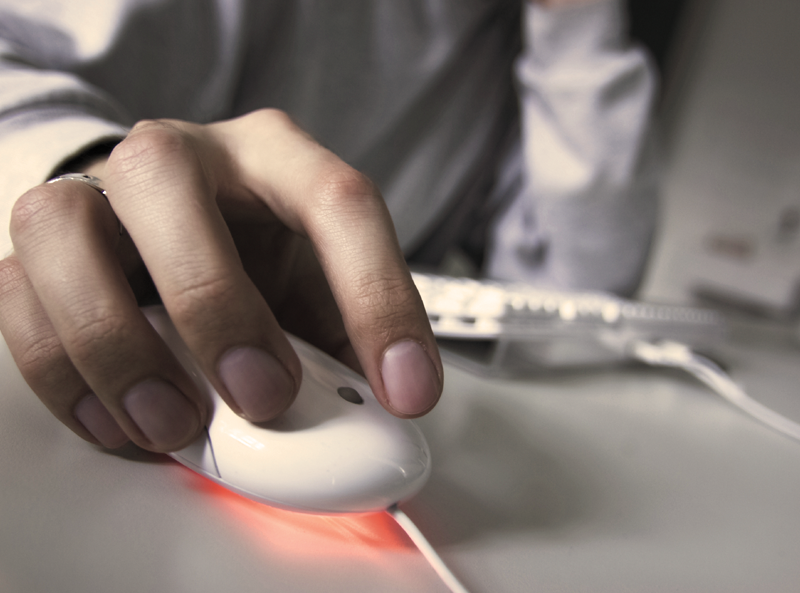Ergonomics for software users: Device will track repetitive motions
Software designers are seldom aware of the repetitive, physical strain that their customers may endure when using their programs. Two researchers at the Texas A&M Health Science Center are developing a device to identify how repetitive motions are affecting software users.
S. Camille Peres and Ranjana Mehta, assistant professors at the Texas A&M Health Science Center School of Public Health, have secured funding for a research project focused on office ergonomic risk assessment and mitigation, specifically that associated with interactive software usage. The funding comes from a consortium of companies who work together to advance ergonomic research and include Apple, Chevron, Dell, Exxon Mobil, and Microsoft.
The research project, “Software biomechanics: Does the interaction design of software impact ergonomic risk factors,” will include meeting with more than 200 geoscientists over the next year to develop a self-report device for software designers. The goal is to better enable software designers to measure risk factors that are present for specific software interaction methods and then develop strategies for reducing those risks.
#TAMUresearch


